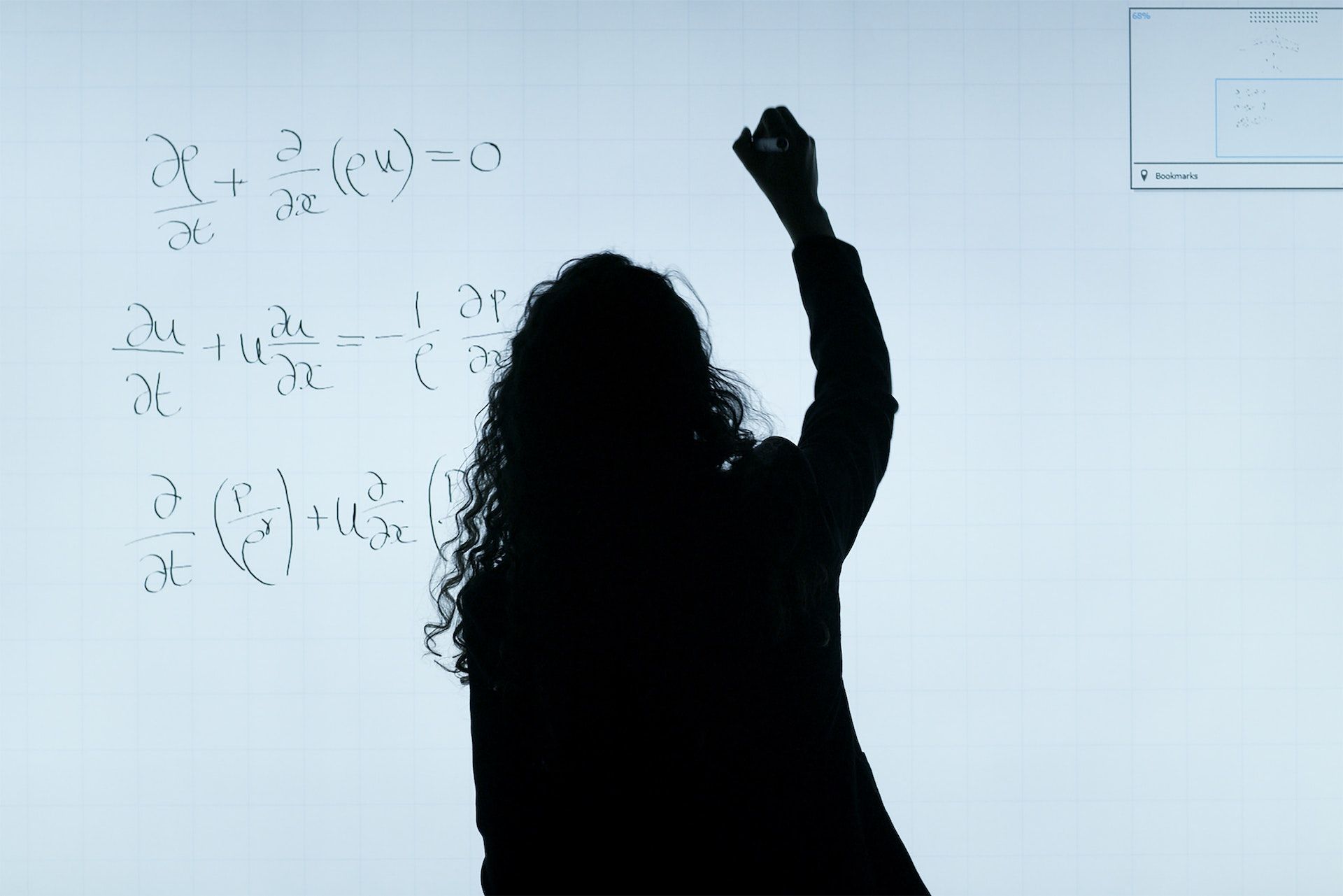From a Scholar: Education at CPS hasn’t kept up with the times

The Industrial Revolution introduced automobiles, which over the years created a new international market. Its initial growth was minimal but became exponential after its many practical uses.
Education has also become a booming business, but it did not follow the same growth pattern. We still follow outdated rules, expectations and methods for teaching that bring little benefit to the society as a whole. In today’s America, we see a spectrum of education not even close to the exponential development of the industrial world. At Chicago Public Schools, students are jammed in place, lacking opportunities to become future presidents, Nobel Peace Prize recipients, doctors and more. As a former CPS student, I fell short of the motivation, promises and aspiration of .
One teacher said, “If you continue to work like this you will be somebody,” but my progress was soon undercut by underfunding and social stigma. With high grades and a near perfect curriculum in middle school, the people who wanted the best for me discouraged me from reaching higher because they feared my lack of monetary and social support would keep me from being the . The schools around me were not designed to support students with exceptional grades and lofty goals… To find a school that did, you’d have to go miles away. So, my counselor chose a school for me which was not the best . In the end I was the only one sent to Westinghouse College Prep, instead of aiming higher to Lane tech or Jones because of his fears of distance and assumptions about my social background. It became clear that the support was in spirit but could not come to life. Factors which we couldn’t control made decision for us.
In high school I looked around and compared my experience with students at other schools. I saw differences mostly attributed by two factors: neighborhood, and the phrase “Selective .” Why do we support a system in which each person receives less or more based on a single test, which does not correctly analyze all their weaknesses and strengths These tests do not challenge creativity, innovation, discipline and so on, Therefore, fall under the radar. They only test math and readings skills across every CPS level. I believe that every CPS school is not at the same level because they are not all funded the same and are build on equality not equity.
In our system, this is the “fairest” way to assess someone that has little compared to someone that a lot. Students in low-income households have greater family responsibilities, higher financial duties and are not offered the same support. Some may claim they have the same resources as other kids, but they are forgetting they lack more than just resources. They lack guidance, vision and opportunities to stay away from already negative neighborhoods. Low-income neighborhoods like Little Village, Pilsen, Back of the Yards, and others have seen the effect of favoritism and bias in education. Underfunding has led students to break down against external factors that motivate them to stop their pursuit in education and follow a less healthy way of life. We already know that social media, culture, environment, family, and other factors affect the performance of the students. The purpose of education is not to create consumers, rat race or workaholics but It should steer individuals away from an unhealthy lifestyle, open new frontiers, and enable bigger innovation. They should bring inspiration, hope and reward for society. Create a brighter future and bring solutions for future generations. Selective enrollment claims to give “smarter” students the opportunities they deserve, but they make it seem as though the smart students only live on the North Side or city center. Even if a South or West Sider makes the cut, those schools are far from most low-income students. The worst part is, Chicago gives these schools t more resources than other schools, which puts students even further behind in the whole college process. The unfairness in selection at the end of eighth grade results in unfair college admissions decisions, because students who don’t attend a selective enrollment school are seen as doing lesser work. In reality, they covered the same material as selective enrollment schools – they just had fewer resources while they did the work.
A former student has said “CPS has a 60% college enrollment rate, which is lower than the state average of 64%. Things must change if we want those numbers to climb” (Xavier Morales-Greene, Humboldt Park). In analyzing data, Illinois is reaching a higher level of education than its largest city. How is it possible that the largest city in Illinois has a lower college graduation rate than the whole state? Is Chicago responsible for bringing down the average score? To answer these very difficult questions we can keep looking for data; we already looked at race, neighborhoods, culture, imaginary boundaries, and more. But CPS students and alumni are not just a number. They are individual people that are living lives, going against the grain of underfunding. The only solution is to fund low-income schools and make the education system truly fair.